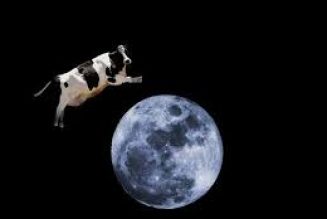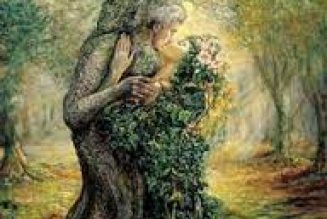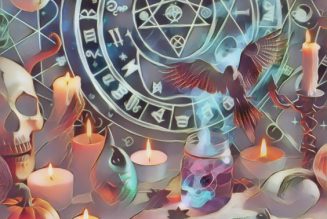Anthropologists and other folks who research and catalog the customs and activities of tribal peoples use the word “witchcraft” to define certain phenomena which the modern witch would not recognize as witchcraft.
This is just an arbitrary English word that has been applied to something the native people would have completely different word for in the scientific community’s efforts to put a single name on widespread phenomena, just like the word Shaman is often used.
In this case, that which is termed witchcraft is used as a means to explain misfortunes as well as to maintain social order.
In these societies there tends to be a “witch doctor” who is in the business of identifying witches and undoing the harm they cause.
In this scheme a witchcraft accusation may be made against someone who has displayed negative emotions toward the individual who has suffered a misfortune.
Jealousy is among the most destructive of these emotions.
The witch doctor is called upon to verify the charge and undo the damage.
The reversal of the damage usually involves the accused with performing some sort of ritual to heal the other person.
In this way hard feelings between individuals are overcome through ritual and anyone who doesn’t want to be accused of being a witch behaves according to status quo and does not have harsh words for his neighbor.
It is important to note that in this case the witch may not even know that he or she has caused harm and may not have done so with conscious intent.
This is in direct conflict with many modern witchcraft views that hold that magic is impossible without conscious intent.
The adoption of Christian beliefs has led to the loss of witch doctors in many tribal areas without anything to functionally replace them.
This may be the root of rashes or “witch” murders in tribal areas we periodically hear about today







